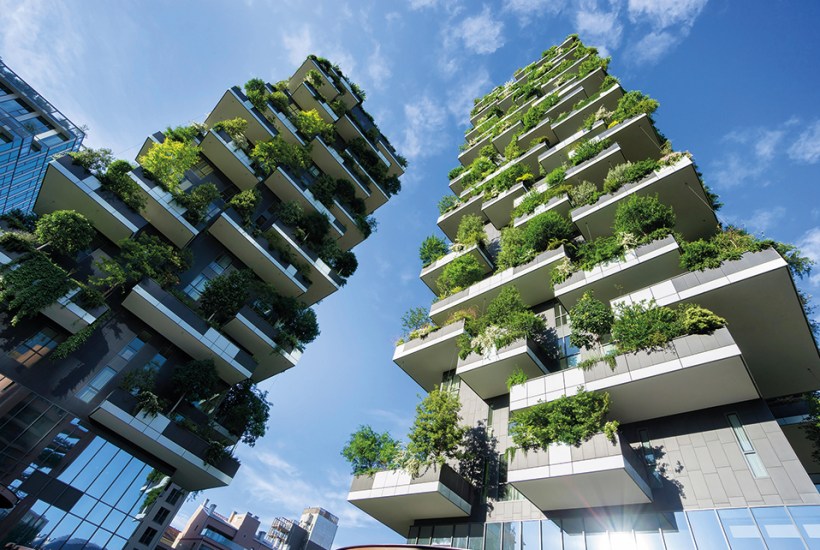California Forever is an American 21st-century utopian vision, a new city to be built on 60,000 acres of dusty farmland 50 miles outside San Francisco. This latest plan for ‘safe, walkable neighbourhoods’, unveiled late last year and yet to be approved, is financed by Flannery Associates, a consortium of tech venture capitalists led by a former Goldman Sachs trader.
Already a subscriber? Log in
Subscribe for just $2 a week
Try a month of The Spectator Australia absolutely free and without commitment. Not only that but – if you choose to continue – you’ll pay just $2 a week for your first year.
- Unlimited access to spectator.com.au and app
- The weekly edition on the Spectator Australia app
- Spectator podcasts and newsletters
- Full access to spectator.co.uk
Or
Unlock this article
You might disagree with half of it, but you’ll enjoy reading all of it. Try your first month for free, then just $2 a week for the remainder of your first year.








Comments
Don't miss out
Join the conversation with other Spectator Australia readers. Subscribe to leave a comment.
SUBSCRIBEAlready a subscriber? Log in